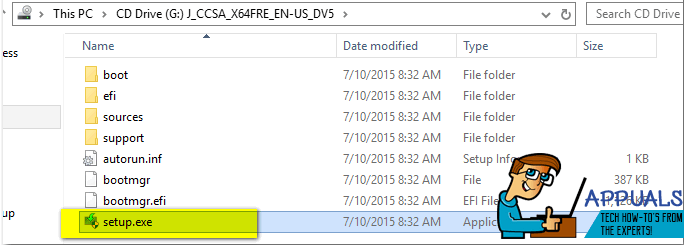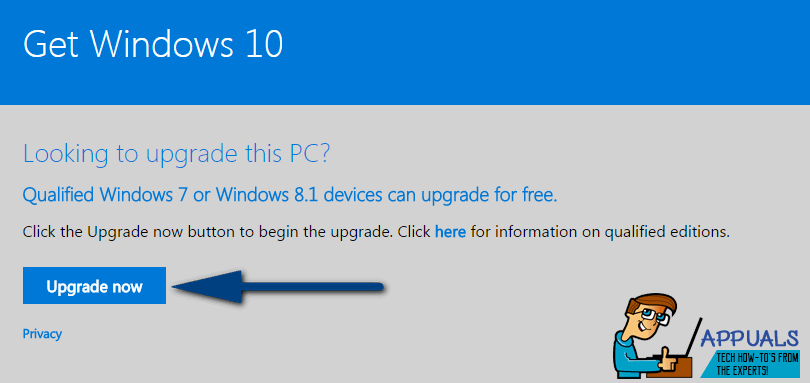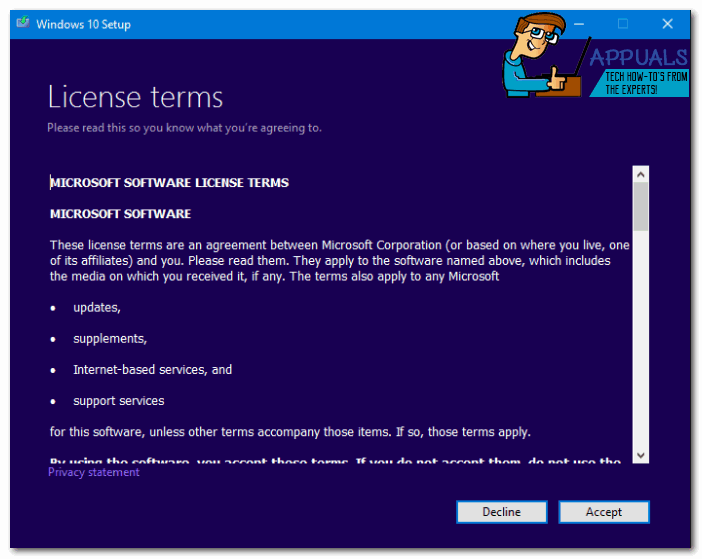How to: Repair Install Windows 10
If you run into issues on your Windows 10 whatever issues they are, regardless of the issue Windows 10 allows you to do a repair install without booting directly from the installation media. Repair install will repair system files, and install the latest windows updates. The process is quiet straight forward and easy. However, before you begin, you will need to ensure that the following requirements are met.
Ensure that you have at least 9 GB free space on your hard disk (Windows Drive).
Have the installation media ready. You may do this using the USB or ISO file. However these MUST be the same build and edition as the Windows 10 software that is currently installed. Otherwise the repair install will not be successful.
The installation media MUST also be in the same language as the Windows 10 already installed. This is important especially for keeping files after the repair.
Use 32 bit or 64 bit for corresponding Windows 10 installations.
Repair install of Windows 10
There are three methods that you can chose to begin the repair install.
Create a Windows 10 Installation Media
Option 1: Windows Repair Install Using the ISO file
NOTE: This method should ONLY be used if your Windows 10 was activated.
Download the Windows 10 ISO file from here.
Save it on your PC, preferably on your desktop at first.
Now mount the ISO file click (here) to view steps.
Now double click on the file setup.exe to kick start the repair – install from the mounted drive.

Option 2: Windows Repair using USB Installation Media
This option can be carried out by using the Windows Media Creation tool. Ensure you have suitable internet connectivity; and also prepare an empty USB flash disk with a minimum of 4 GB for a 32 bit installation or 8GB for 64 bit installation. If you use a flash drive with data inside you may lose it in the process. Now read system requirements, and keep the Windows 10 product key near you (if Windows 10 was already activated before you may not need it).
Go here to access the file for download. Download the Media Creation Tool from here. Save it on the desktop.
Once the download has completed, right click on it and select Run.
If prompted by UAC, click ‘yes’.
On the panel that appears, select the second option that reads “Create installation media for another PC” and then click NEXT.
The next panel is for language, architecture, and edition. Right under Architecture, uncheck the box for “use the recommended options for this PC”. This bit is important because it will allow you to specify the language, edition, and architecture as the current Windows installation.
In the boxes provided, choose the Language, edition and architecture. You can have both 32 bit and 64 bit Windows installations on the same USB, or simply opt for the one you need. Failure to provide a product key if prompted will allow you to only proceed with Home and Pro Keep in mind the version that was initially in your PC. Click Next.
The next panel offers two destination options for installing Windows 10; the USB or ISO file. Select the ‘USB flash drive’ option and proceed.
Plug the USB disk (either 4GB or 8GB depending on your preferred architecture) and then click on the instruction ‘Refresh drive list’. Your plugged USB will appear beneath. Select it and click NEXT.
Windows 10 now takes over and the download begins. When the download completes your USB is now fully set. Click FINISH.
Option 3: Windows 10 repair install using ‘Get Windows 10 (GWX)’ app
Ensure that you are connected to the internet for this option of repair install.
Connect to the internet and then go here
Scroll downwards and click on the link “Upgrade Now”.

A file with the prefix “GetWindows10… .exe” will be available for download. Save it on your computer. When completed, right click on it and then select run.
UAC may prompt you; just click on yes.
Windows 10 download begins. When complete, run it.
Start Repair from the Installation Media
All the above three options for repair install will lead to the same installation process. Windows 10 takes over the installation and prepares itself for the next step. After fetching the updates, the system will restart. This is the last stage of Windows 10 repair.
When the installation provides the License Terms, read them and ‘Accept’.

Windows 10 will now check for updates and installs the ones available. When all is set, click ‘Install’.
IMPORTANT NOTE: If you want to decide what remains in the system after the repair, click on “Change what to keep”. Select the option out of the three that suits you best and then click ‘Next’. You will lose all your data if “Keep personal files and apps” option is not selected.
Windows 10 installation proceeds. It takes a bit of time to complete.
When all is set, click on ‘Next’.
Depending on your preference, select “use express settings” or “Customize settings”. Under “customize settings”, you can enable or disable personalization and location settings. You may also enable or disable other aspects like error reporting or browser and protection.
Click NEXT.
Sign in to Windows 10.
Ensure that you have set the right time zone, time, and date.
You have now successfully repaired Windows 10.